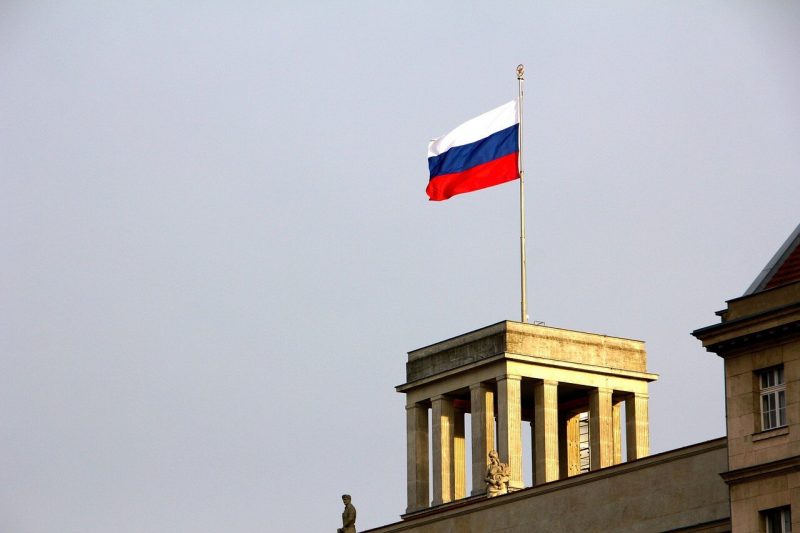Russian President Vladimir Putin has officially signed a bill that will introduce a digital version of the country’s national currency.
The move gives legal authority to the Bank of Russia, the country’s central bank, to act as the platform operator for the digital ruble, .
Under the newly signed law, the central bank of will be responsible accounts.
They will also be the principal operator of the digital ruble infrastructure and hold responsibility for all stored assets.
The digital ruble will act as a new form of payment, alongside cash and non-cash rubles.
The bill will allow the Bank of Russia to commence tests of the CBDC starting August 1.
In a , Bank of Russia governor Elvira Nabiullina emphasized that it is not compulsory for Russian citizens to use the CBDC.
Rather, individuals will have the freedom to choose whether or not to adopt the digital ruble.
Nabiullina expressed her hopes that the digital ruble would be more convenient and cost-effective for both individuals and businesses, presenting a new opportunity.
“No one is going to force anyone into the digital ruble […] But we really hope that it will be more convenient and cheaper for both people and businesses, and they will start using it. This is a new opportunity.”
Russia Boosts CBDC Development Amid Western Sanctions
Russia has been for several years. However, the concept following the imposition of sanctions by the United States and its allies.
These circumstances prompted a sense of urgency to launch the CBDC, leading to the swift passage of the bill in both houses of Russia’s parliament—the State Duma and the Federation Council.
The Bank of Russia has been working on the development of the digital ruble for some time.
In 2020, they released an analytical report on the topic, which included feedback from Russian banks and other financial market participants.
In February 2022, pilot tests were conducted with several banks in the country.
However, the outbreak of the war in Ukraine further highlighted the need to implement the digital ruble as a means to mitigate the impact of Western sanctions.
Aside from Russia, 21 other nations have also launched pilot programs for CBDCs, according to the Atlantic Council CBDC .
The tracker shows that 130 countries, representing 98% of global GDP, are currently exploring a CBDC, while 19 of the G20 countries are in the advanced stage of their CBDC development.
In total, 11 countries have fully launched a CBDC, which include , The Bahamas, , Anguilla, Jamaica, and seven Eastern Caribbean countries.
It is worth noting that the United States is among the few countries that have no confirmed plans to launch a digital currency.
However, the country has been still moving forward on a wholesale (bank-to-bank) CBDC.
Since Russia’s invasion of Ukraine and the G7 sanctions response, wholesale CBDC developments have doubled. There are currently 12 cross-border wholesale CBDC projects.






